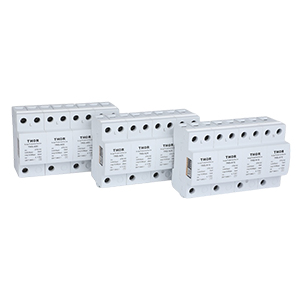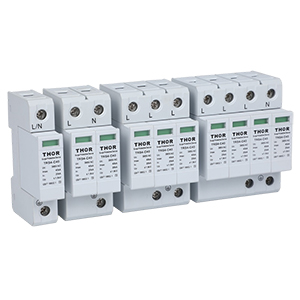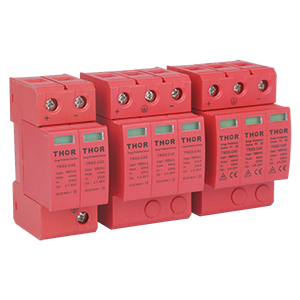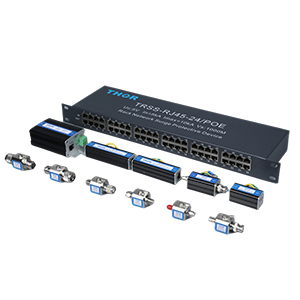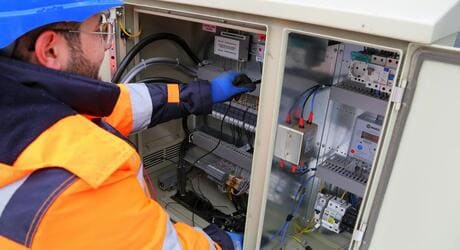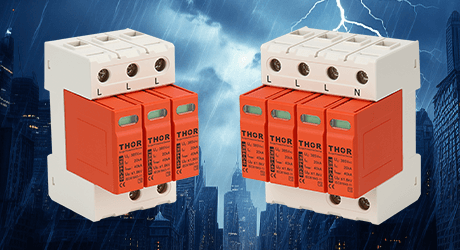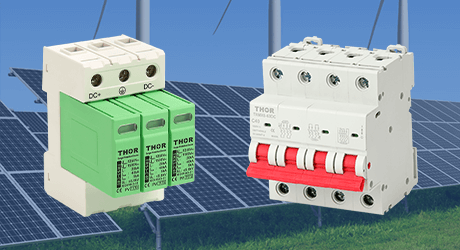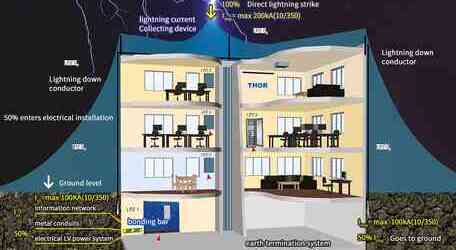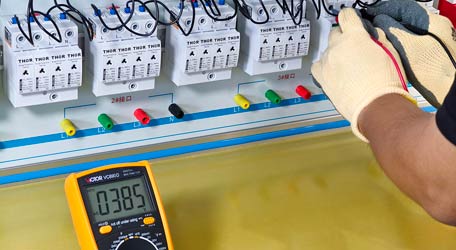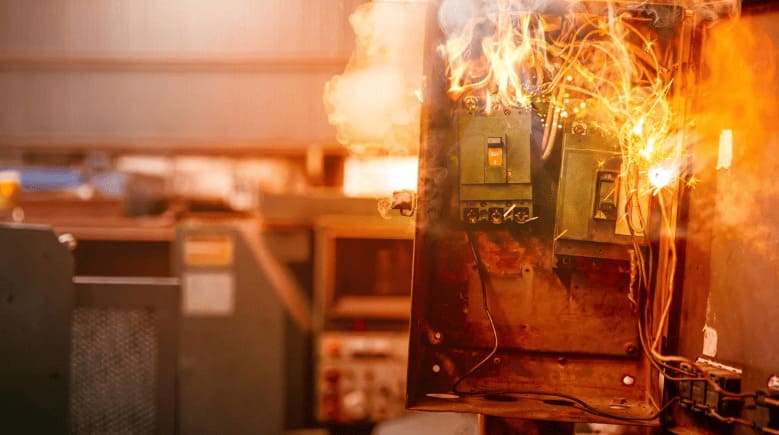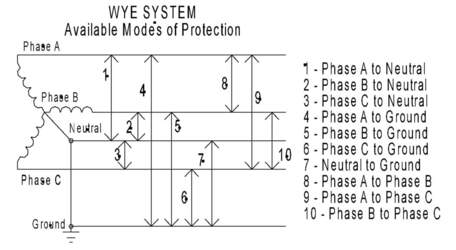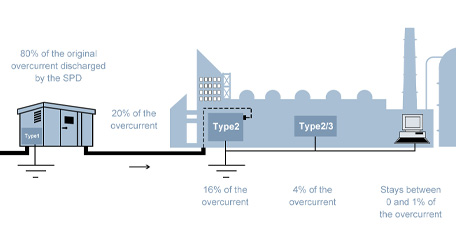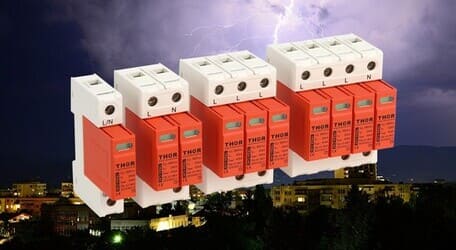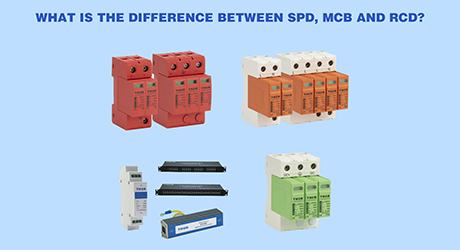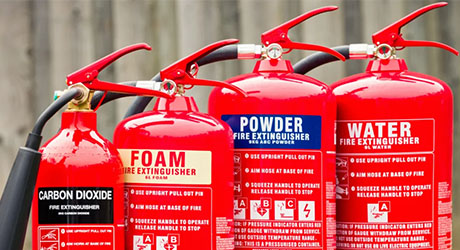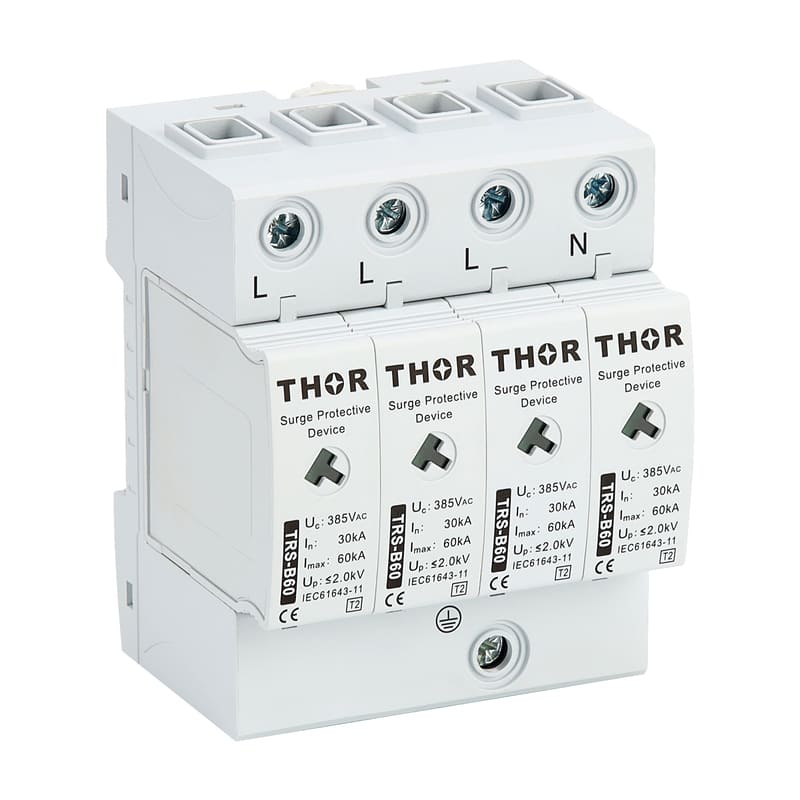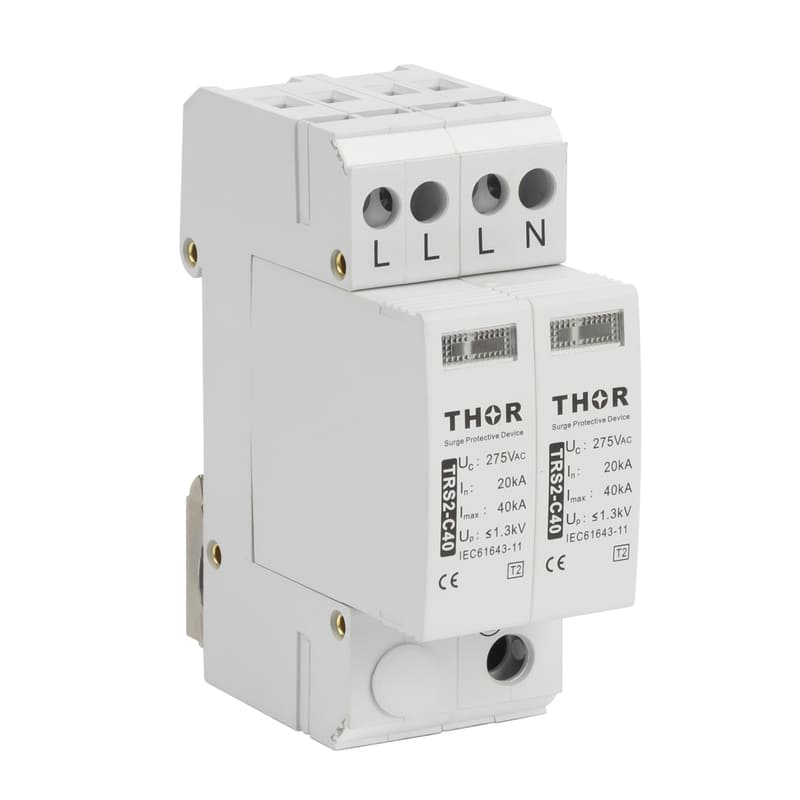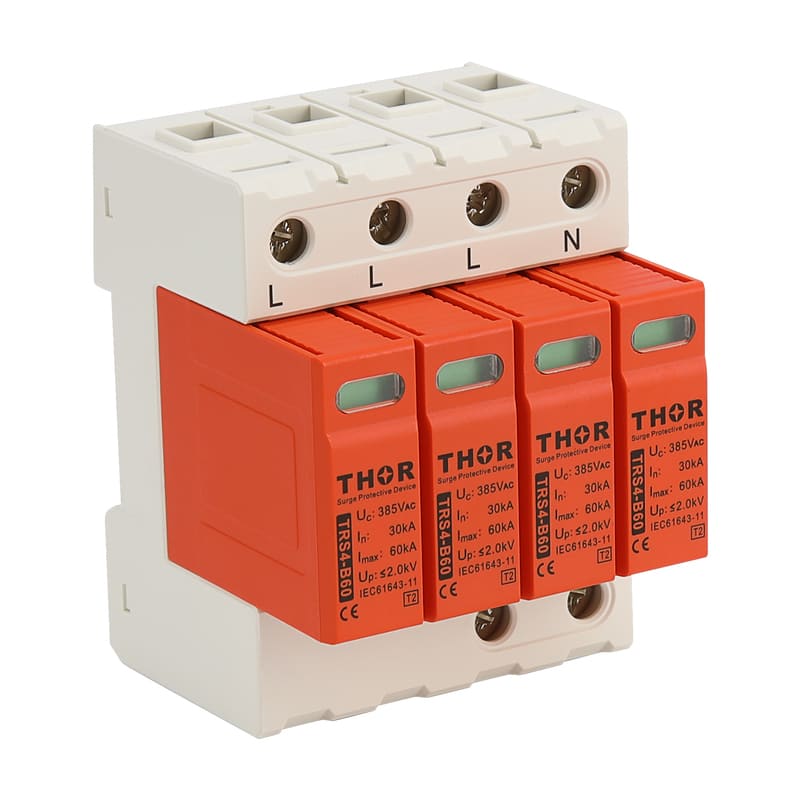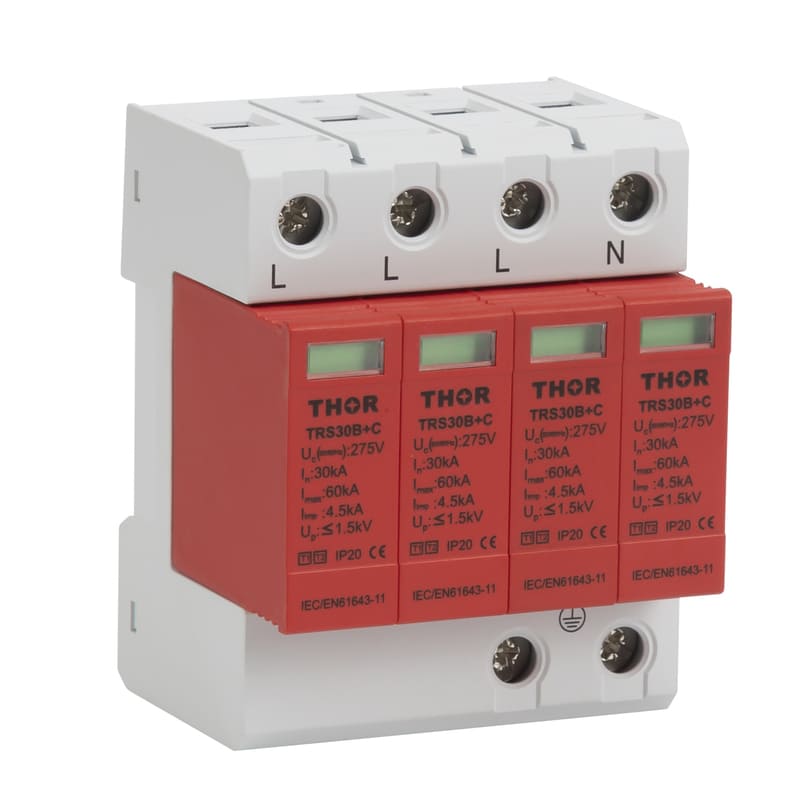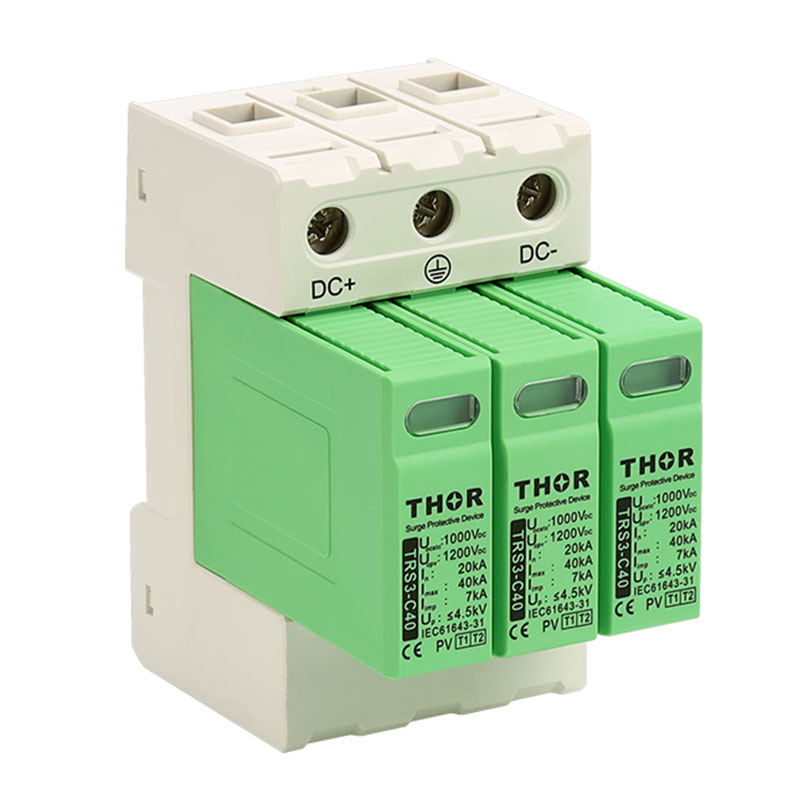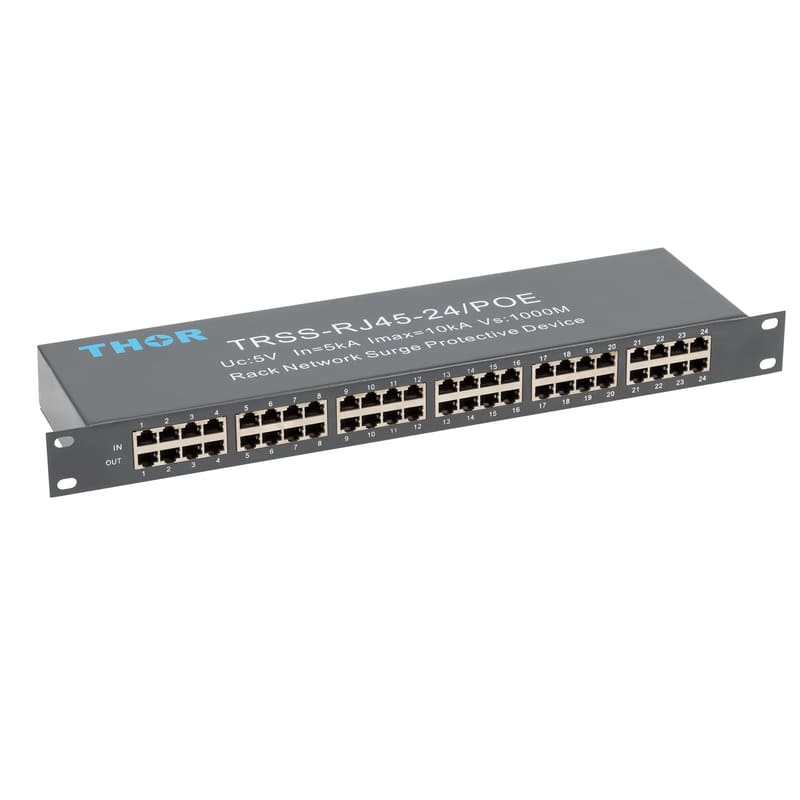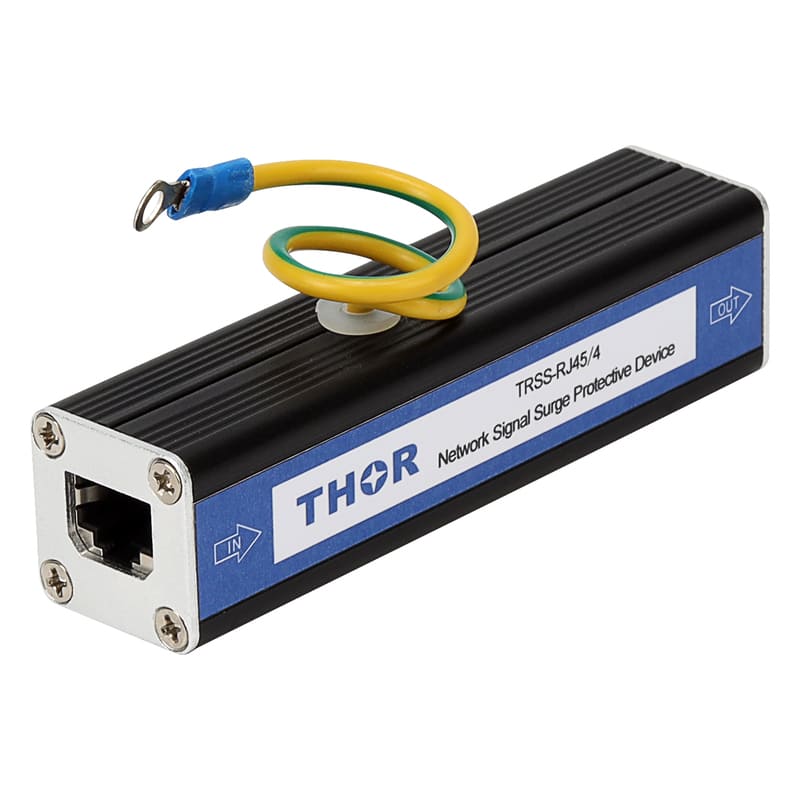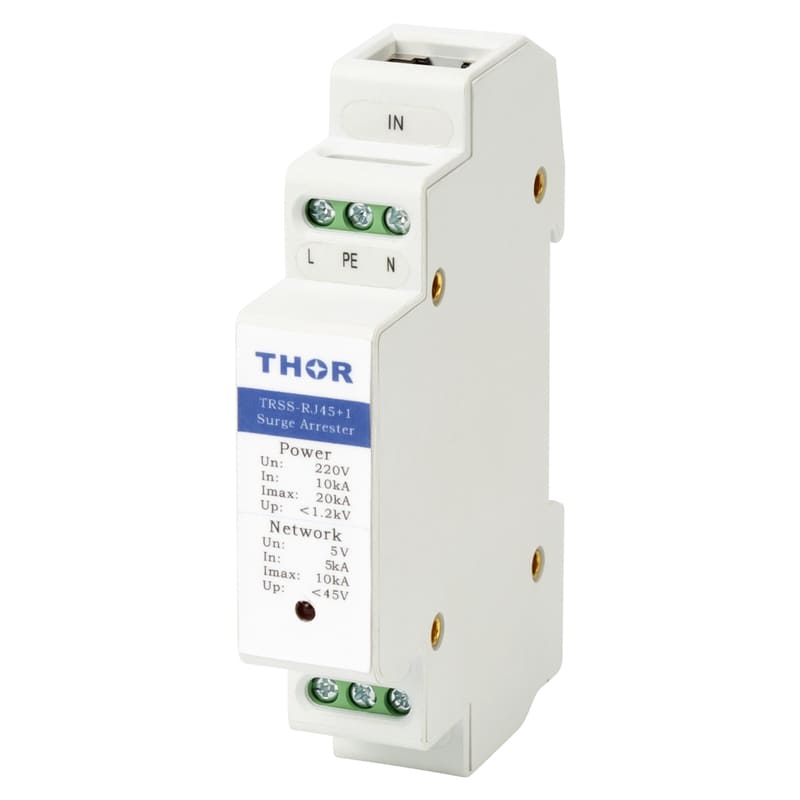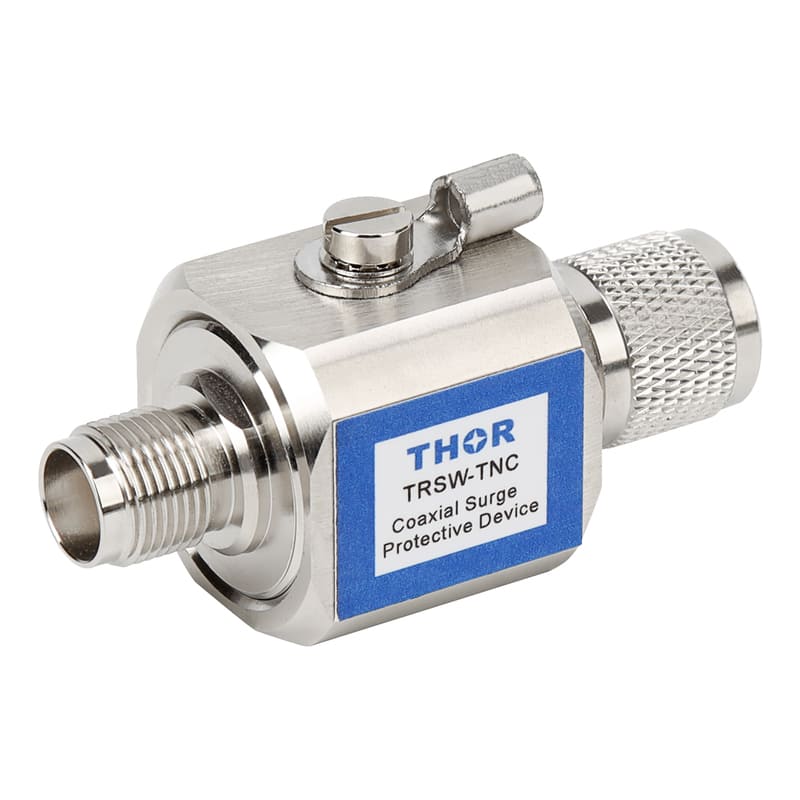The importance of a surge protection device (SPD):
Lightning disasters are one of the most serious natural disasters. Every year, there are countless casualties and property losses caused by lightning disasters around the world. With the large-scale application of electronic and microelectronic integrated equipment, the damage to systems and equipment caused by lightning overvoltage and lightning electromagnetic pulse is increasing. Therefore, it is very important to solve the lightning disaster protection problem of buildings and electronic information systems as soon as possible.
The installation of surge protector (Surge Protection Device, SPD) is a very important link in building protection and equipment protection. It can suppress the surge and transient overvoltage on the line, and discharge the overcurrent on the line to protect the protected device. The device is protected from damage and the damage caused by lightning strikes is minimized.
After determining the importance of lightning protection, we can divide the lightning protection system into an external lightning protection system and an internal lightning protection system:
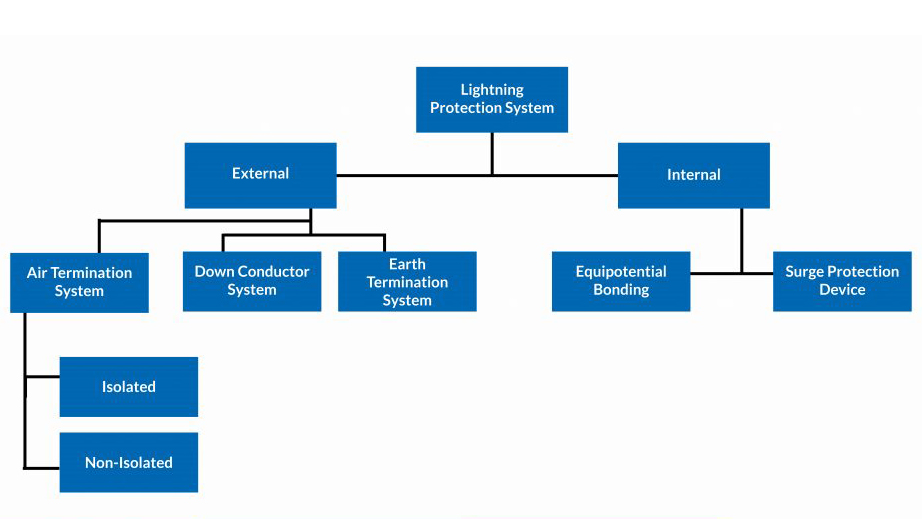
The function of a lightning protection system is to protect a building from fire or mechanical damage, and to prevent injury or even death to people in the building. An integral lightning protection system consists of external lightning protection (lightning protection/grounding) and internal lightning protection (surge protection).
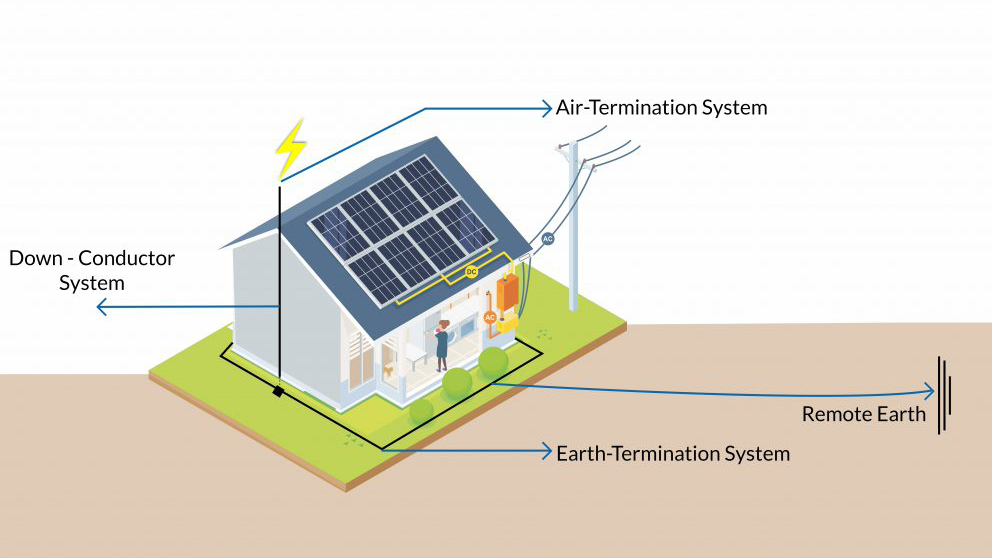
The function of the external lightning protection system:
1. Interception of direct lightning strikes by air terminals.
2. Safe discharge of lightning current to earth through down conductor system.
3. Distributing lightning currents underground through grounding systems.
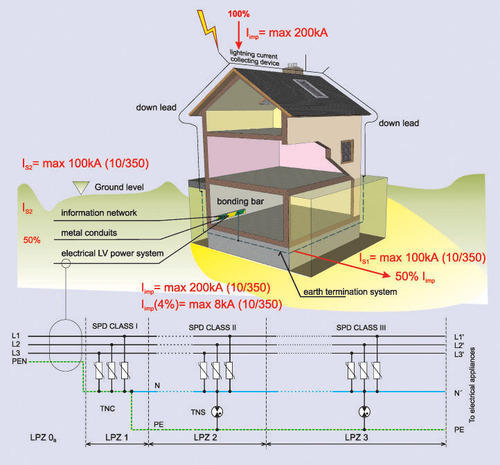
The function of the internal lightning protection system:
1. Prevent dangerous sparks in structures by establishing equipotential bonding or maintaining separation distances between SPD components and other conductive elements
2. Lightning Equipotential Bonding
3. Lightning equipotential bonding reduces potential differences caused by lightning currents. This is achieved by interconnecting all isolated conductive parts of the device using conductors or surge protection devices.
After understanding the protection classification of lightning protection systems, we must consider how to determine the selection and application of surge protection devices.
Under EN62305 lightning protection standard, part 1 to part 4. The text also defines various types of losses, risks, lightning protection systems, and lightning protection classes. There are four lightning protection classes (I to IV). Lightning parameters are specified; the protection level is a function of the risk level. In most industrial applications, buildings are Class I or Class II. This corresponds to the peak value of the lightning current I imp (parameter 10/350 µs current pulse) of up to 200 kA. A good estimate shows that 50% of the overall Iimp current is suppressed by the air-termination and delivered to the grounding system. The remaining 50% is evenly distributed to inputs (i.e. external contacts entering the building), typically IT and communication cables, metal conduits and LV power cables.
In the worst case, the SPD needs to block currents up to 100 kA. When distributed to a single strand, the current value reaches 25 kA per share (using a TN-C) system. This is why we recommend that main distributors in low voltage unit substations (in buildings with LPL I protection class) be equipped with TRS-A25 sealed spark gaps with gas charge. As a Class 1 SPD, the device guarantees equalization of potentials and handling of lightning currents and switching surges generated in the supply lines entering the building.
It is capable of blocking I imp currents up to 50 kA. The unit substations in individual buildings should then be equipped with the TRS-A50, which is a combination of Type 1 and Type 2 SPDs with dual varistors for increased safety and provides 25 kA of suppressed inrush current. Secondary substations and control cabinets shall be equipped with Type 2 SPDs. The TRS4-C40 is an example of such a product in our product range, which is available as a complete sealed unit or as a replaceable module.
If the protected equipment is located within 5 m of a secondary substation or control cabinet, the system must be further equipped with a type 3 SPD unit, eg TRSP. It is a high frequency filter with minimal attenuation. 30 dB in the 0.15-30 MHz band, also with protection - varistor produced for rated currents from 16 to 400 A. In this case, a pulse separation suppressor PI-L needs to be inserted between the Type 2 and Type 3 SPDs to provide the correct fit of the arrester. Shielded cables are required between the substation and the protected equipment for proper operation.
THOR also provides protection for situations where building roofs carry photovoltaic panels. We recommend the TRS3 series installed before the inverter, which has an internal disconnect switch that is deployed in the event of a varistor failure (overheating), with a mechanical stop, inserted between the disconnected electrodes to prepare Ideal conditions for eliminating DC arcs. Surge protection from AC power is necessary, and the best choice is the TRS3 series.
We recommend installing this type of arrester in rooms such as server halls, control rooms and offices. TRSS-RJ11 is used to protect telecommunication equipment, TRSS-RJ45 is used to protect the transmission of data and information signals, TRSS-BNC is used to protect equipment that processes transmitted video signals, TRSS-RJ45 cate6 is designed for network cards before the entry of computer networks, They are designed for 5th generation network protection and data transmission to be installed in 19-inch distributors of servers to protect data transmission in computer networks: the device offers RJ45 sockets as well as LSA-PLUS connectors. To protect data and communication lines as well as I&C instrumentation and control of production lines, machinery and critical equipment, we recommend the TRSS-485, which provide protection with surge arresters and TVS diodes. They are available in various designs with selectable logarithms and rated working voltages within a given series. For communication with the RS 485 serial interface, we recommend the use of TRSS-485 to provide protection for these lines to protect the connected equipment from lateral and vertical surges. Protection of cameras and video signal aggregators, especially in electronic security systems and electronic fire protection systems EPS use TRS with non-linear elements, current I up to 6.5 kA. The protection of equipment connected to the antenna system using coaxial cable should be equipped with a TRSW surge protector. THOR offers a wide range of coaxial protectors for various types of connectors and specific performance classes for use in many types of applications. These SPDs contain special lightning arresters with a maximum discharge current of I max(8/20 µs) = 10 kA to provide reliable protection of receiving and broadcasting systems from nearby lightning strikes. They provide high recoil attenuation of no less than 20 dB.
The topic of preventing surges is not easy. The correct design depends on many contributing factors. We invite you to contact one of our qualified sales representatives who will be happy to advise you on choosing the right type of surge protection to protect your property and minimize property loss and damage.

